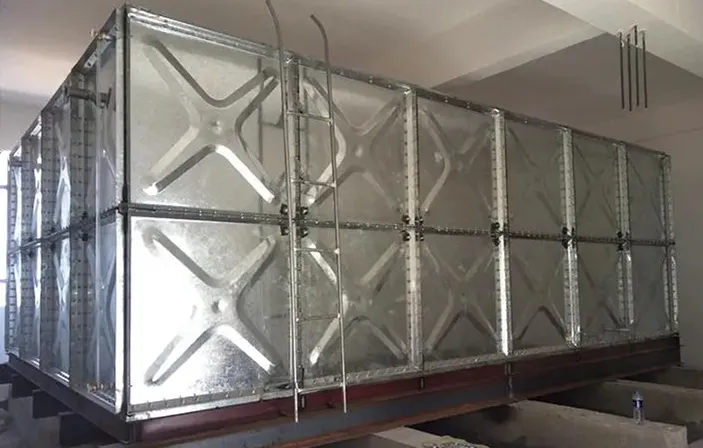loading...
- No. 9, Xingyuan South Street, Dongwaihuan Road, Zaoqiang County, Hengshui, Hebei, China
- admin@zjcomposites.com
- +86 15097380338
- Welcome to visit our website!
frp bar
Understanding FRP Bars A Modern Solution for Reinforcement
Fiber Reinforced Polymer (FRP) bars have emerged as a game-changing material in the field of construction and civil engineering. These bars, made from composite materials, typically consist of a polymer matrix reinforced with fibers such as glass, carbon, or aramid. The growth in the use of FRP bars can be attributed to their unique properties, which offer distinct advantages over traditional steel reinforcement bars.
One of the most significant benefits of FRP bars is their resistance to corrosion. Unlike steel, which can degrade rapidly when exposed to harsh environmental conditions such as moisture, chemicals, and salt, FRP bars exhibit remarkable durability. This characteristic makes them particularly useful in applications where the risk of corrosion is high, such as in marine environments, bridges, and exposed structures. By incorporating FRP bars, engineers can extend the life of concrete structures and reduce maintenance costs significantly.
.
Another compelling property of FRP bars is their electrical insulating capabilities. In environments where electromagnetic interference is a concern, such as in the construction of sensitive facilities, using FRP bars can prevent disruptions. Moreover, their thermal insulation properties can help in certain applications, particularly in structures that require minimal heat transfer.
frp bar

The versatility of FRP bars extends to their design flexibility. These bars can be manufactured in various shapes and sizes to meet specific project requirements, enhancing their adaptability in a range of construction scenarios. Their non-magnetic properties also open up opportunities for applications in fields such as telecommunications, where traditional materials might pose challenges.
Despite their many advantages, the adoption of FRP bars in construction is not without challenges. The initial cost of FRP materials can be higher than that of traditional steel reinforcement. However, this upfront investment can be offset by the long-term savings from reduced maintenance, longevity, and overall lifecycle costs of the structure.
Furthermore, while the engineering community recognizes the benefits of FRP, there is still a need for extensive research and standardized guidelines for their application in complex engineering designs. As the technology progresses and more case studies emerge demonstrating the effectiveness of FRP bar applications, it is expected that their use will become more widespread in the industry.
In conclusion, FRP bars represent a significant advancement in reinforcement technology, offering numerous advantages that enhance structural integrity and longevity. As the construction industry evolves and seeks sustainable and efficient solutions, FRP bars are poised to play a crucial role in future projects, paving the way for innovative designs and resilient infrastructure. Their unique characteristics not only challenge traditional practices but also inspire a new generation of engineering solutions that prioritize durability, performance, and environmental stewardship.
-
Transform Your Spaces with FRP Grating SolutionsNewsNov.04,2024
-
The Versatility and Strength of FRP RodsNewsNov.04,2024
-
The Excellence of Fiberglass Water TanksNewsNov.04,2024
-
The Benefits of FRP Grating for Your ProjectsNewsNov.04,2024
-
Elevate Your Efficiency with FRP Pressure VesselsNewsNov.04,2024
-
Welcome to the World of FRP Pressure VesselsNewsOct.12,2024
-
Unveiling the Future of Filtration: Why FRP Filter Vessels are a Game ChangerNewsOct.12,2024
